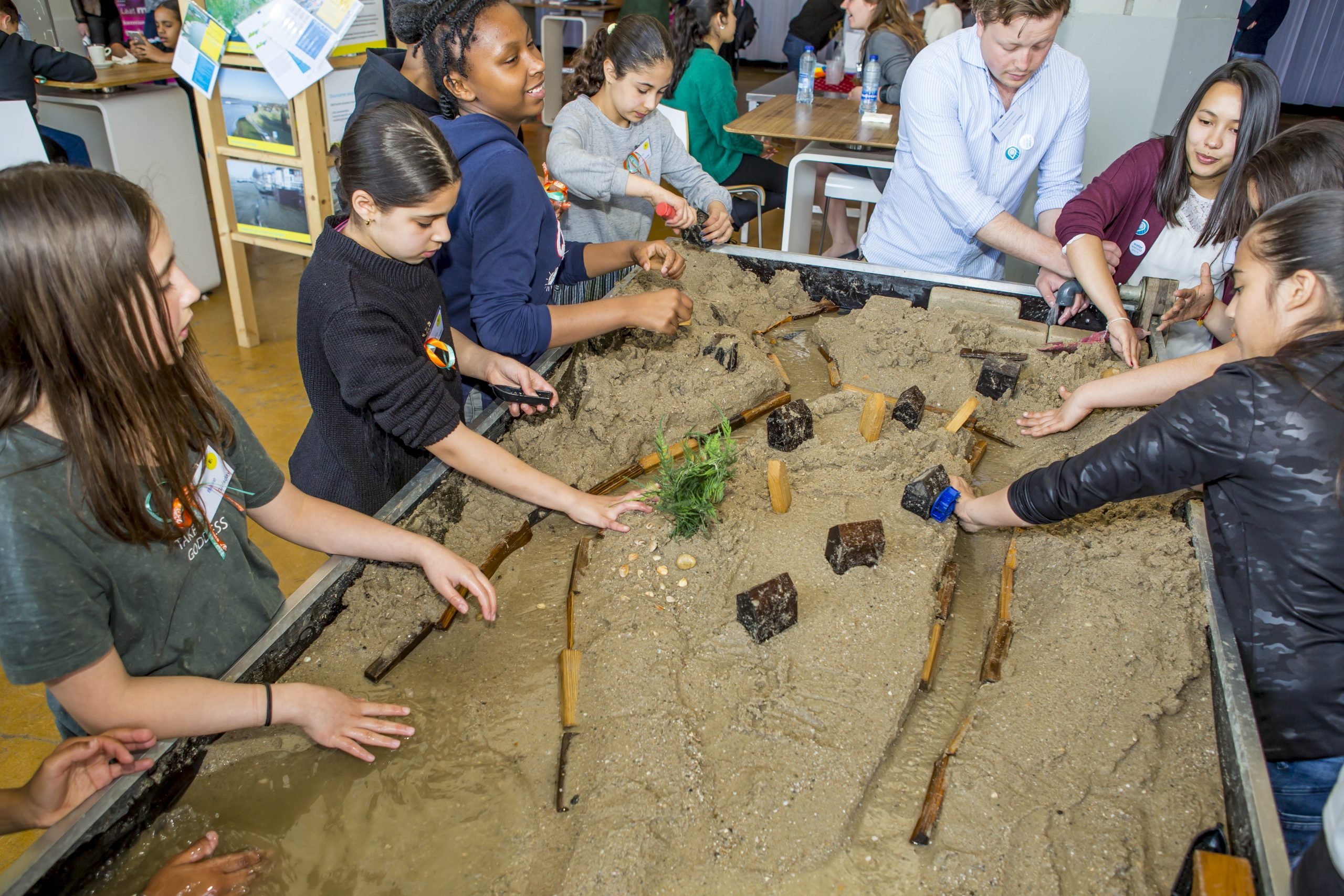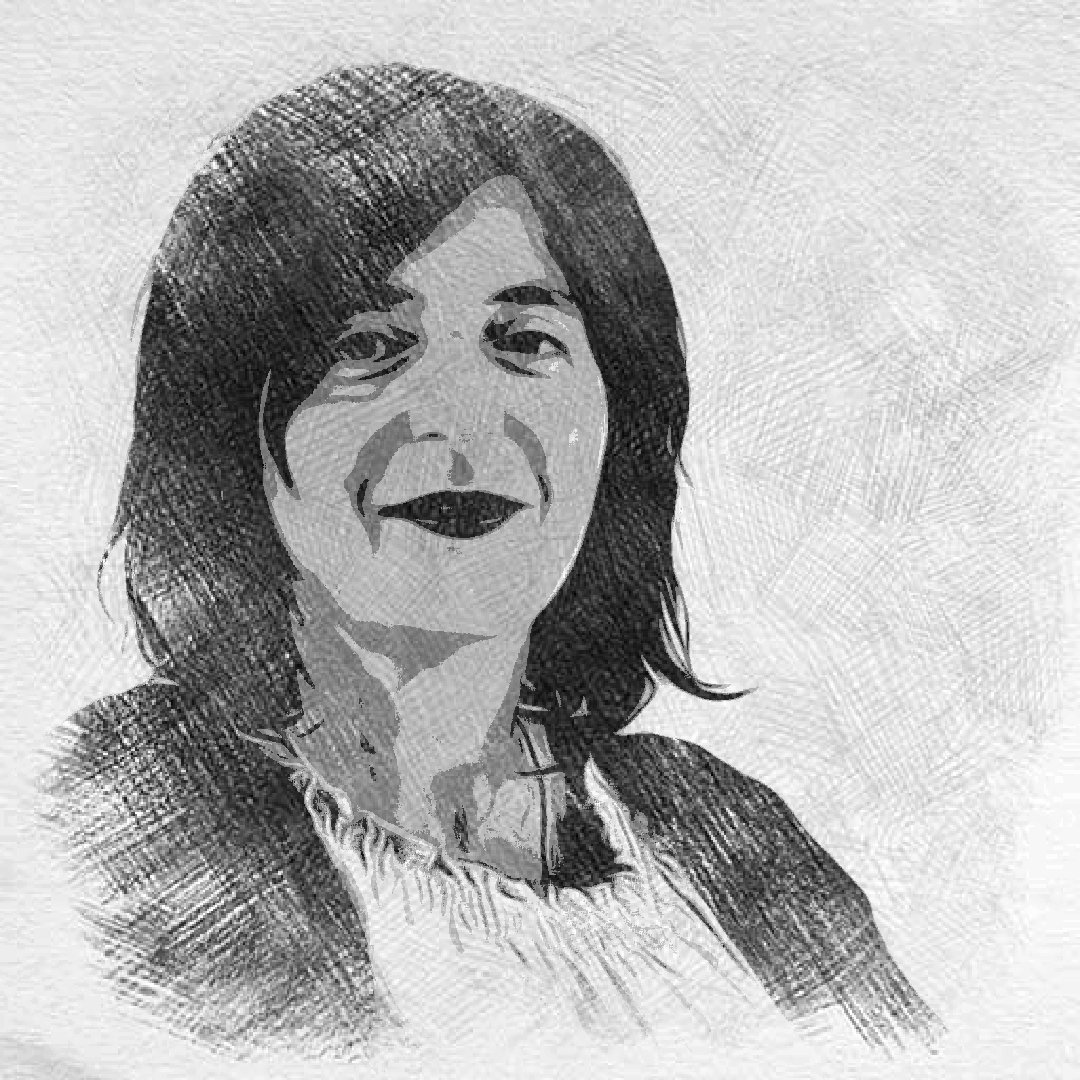
Research has shown that teams made up of a diverse range of people perform better. Especially in innovation technology. After all, people from different backgrounds and views do provide creative insights. Nevertheless, in the business world in 2020 there’s still a lot left to be desired in this area, especially where cultural-ethnic diversity is concerned. In a 5 part series, Innovation Origins seeks answers to the question as to why this is a major social problem and most importantly: How do we fix it? Today, the second article in this series.
On October 1, Sahar Yadegari succeeded Cocky Booij as managing director of VHTO’s Expertise Center for Gender Diversity in Science, Technology and IT on the Netherlands. A wonderful job, in which she can make use of all her knowledge and experience in order to raise awareness among girls at an early age of their capabilities and the career prospects that a technical study offers. “Role models that girls – including those from other cultural backgrounds – can mirror themselves on are desperately needed for this.”
Sahar Yadegari (39) came to the Netherlands as a child of Iranian political refugees when she was nine years old and grew up in Eindhoven. Because of her interest in social issues, she initially wanted to study political science. But because her father, as a refugee, found the future ramifications of this study ‘a scary idea’ on account of his own experiences in Iran, she eventually went on to study Public Administration. After which she did an MBA at Nyenrode University.
Dissecting complex situations
After graduating, Yadegari worked for eight years as a consultant for EY and PwC. There, she advised on all kinds of social and public organizations concerning such issues as labor market policy, security, civic integration and diversity. “Through that work, I not only learned a lot about all of those issues, but I also learned to dissect complex situations. As well as determine, step by step, how to reach a particular result.”
The focus of Yadegari’s work in her last position as a program manager at the Adessium Foundation focused on digitization, among other things.
How you should handle digitalization responsibly as a society so that everyone benefits from it, is still something that is close to her heart. “In recent years, we have already learned a lot about bias in algorithms and artificial intelligence that can lead to discrimination towards people. If there are built-in prejudices in the underlying data, then the outcome will also be biased.”
Tax rebate controversy
As an example Yadegari mentions the recent tax rebate controversy at the Dutch Inland Revenue. “There, the tax authorities assessed forms on the basis of ethnic profiling, and parents with dual nationalities were subsequently treated differently. This is, of course, a very serious matter.”
Another example: The deployment of more police surveillance officers in certain neighborhoods where a lot of ethnic minorities live. Yadegari: “More frequent surveillance will inevitably result in more incidents being reported. This may lead to the idea that they occur more often in those neighborhoods. And crimes from other neighborhoods might potentially go unnoticed. So you link this kind of data to your actions, whereby they reinforce each other. This is how you create a self-fulfilling prophecy.”
Do not blindly rely on technology
For the sake of clarity, Yadegari would like to emphasize that not all technology is bad. Not at all. “As a society, we benefit tremendously from technology. But we do need to take a closer look at how technology can best be utilized. Do not blindly rely on the use of technology. Instead, examine beforehand what values underpin it and who benefits from it. You need teams made up of all sorts of people in order to be able to do that properly.

Having role models is incredibly important, as Yadegari is aware from her own experience. That is also the reason why the VHTO has consciously invested in this over the past 25 years. “We now have about 2000 women in our database. We approached these women ourselves, or they signed up with us. They are not only leaders in science and business but students too. They don’t have to be standing on a pedestal at all.”
Role models
“It’s about girls being able to mirror themselves on them. And being able to see what makes working in technology and IT so much fun. But also about what makes it difficult. So that girls can gain a good understanding of what it’s really like. This requires role models who give all girls, including those from different cultural backgrounds, a sense of identity. We therefore work with as diverse a group of role models as possible who then go off and visit schools.”
“As a society, we have to realize,” Yadegari continues, “that technology and IT concern us all. First of all, digitalization and AI have an enormous social impact. Secondly, even in a time of crisis, employment in this sector is still high. Several studies, including one from the McKinsey consultancy bureau, have shown that teams made up of a diverse range of people perform better. And thirdly, it is also a question of equal opportunities. Girls and boys must be given the same opportunities when it comes to further developing their interest in technology. It’s also important that boys realize that the girls they are currently in class with may become their colleagues later on.”
Systemic change
VHTO is striving for a real systemic change, Yadegari points out. “Sure, we can say: We want more girls in technology. Except that it’s already going wrong during preschool. Children are shown entirely gender-stereotyped images of occupations. And then during their school years, there are all sorts of occasions when girls drop out. That’s such a pity, because then a lot of paths are shut down at an early age. As VHTO, we are therefore not only striving for interventions at a young age, but also for regular interventions at any time when girls are in danger of dropping out. By the way, it is not about ‘fixing girls’ as such, but above all about tackling prejudices in their environment. Apart from teachers, we also want to include parents in this.”
“Given that VHTO is a small organization, it cannot do this on its own. That is why we work with as many partners as we can. For instance, in the education system with schools, where we regularly provide workshops and guest classes. But we also form alliances with civic organizations such as Atria (Institute on gender equality and women’s history) and their Work and the Future project, the Dutch Council of Women, and Emancipator, with whom we raise the issue of gender bias that surrounds the professional image of women. Finally, we are working with hundreds of technology companies. We do this, among other things, through Girlsda. That is a day on which all kinds of companies open up their doors to girls between the ages of 10 and 15. So that they can see with their own eyes how much fun working in a technical environment can be.”








